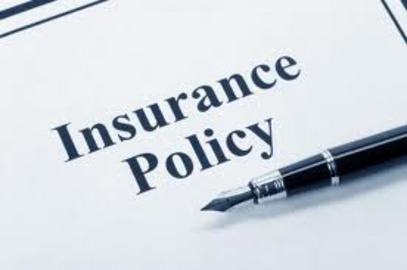Introduction

Insurance premiums are the cost that you pay your insurance provider in exchange for guaranteed benefits. These benefits are outlined in your insurance policy’s terms and conditions. Your insurance premiums will also vary depending upon the type of insurance and what risk factors are involved. It’s these risk factors that helps the insurer determine how much to charge you based upon how big of a financial risk they deem you to be.
Homeowner Insurance
Homeowners insurance is purchased to protect the investment that you have in your home. Factors that contribute to homeowners insurance premiums include your home’s value, safety and security features, as well as crime rates in your neighborhood and the climate that you live in. Depending upon these factors you can pay anywhere from $100 or more for this insurance. You can always attempt to lower these insurance premiums by combining your home and auto policies, agreeing to a higher deductible and adding safety features to your home.
Auto Insurance
Auto insurance is another type of insurance that consumers commonly need to purchase. States usually require their drivers to carry at least liability coverage in order to protect any injuries or damages that may affect a third-party. However, most drivers will also include both comprehensive and collision benefits in order to be fully protected. Nationally, insurance premiums for car insurance are declining. Between 2009 and 2010 the average rate dropped by approximately $200 nationally. During the first 2 months of 2011 they dropped by another $100. Now they are averaging $1,433. Of course, how much coverage you need, the price you paid for your vehicle, what safety features your vehicle has and the driver’s traits will affect your car insurance premiums.
Health And Lifel Insurance
Throughout the first decade of the 21st century insurance premiums for health and dental coverage have skyrocketed. Of course, these insurance premiums vary greatly depending upon whether you have private insurance or a group plan through your workplace. For private health insurance you may find yourself paying over $1,000 a month for your family to be insured. Employers will usually pick up a part, if not all, of this rate, which is why it oftentimes appears to be cheaper even though it’s really not.
Some people are also interested in having life insurance. These insurance premiums are dependent upon what type of policy you have. This is because each type of life insurance policy includes something different. For instance, with a term life policy you only receive a death benefit, which is why these policies are usually less expensive than a whole life plan that combines both life insurance and savings into this one product. Another important factor here is how much coverage you wish to receive. Depending upon these things you should be able to pay less than $70 per month for a life insurance plan, which is why you may have heard of a 40-year-old man who is able to only pay $350 a year for a $500,000 term life policy. This demonstrates how age, gender and health risk factors will all affect your life insurance premiums.